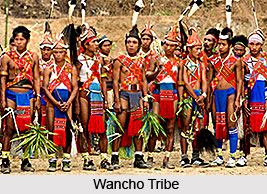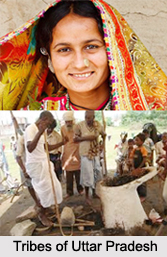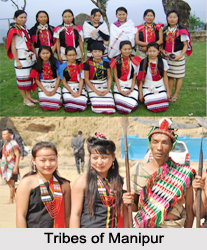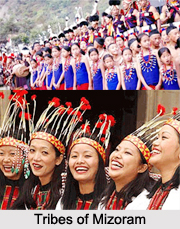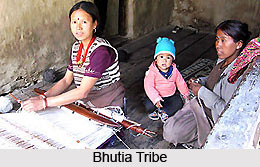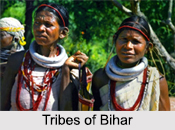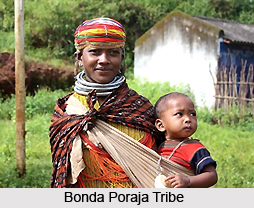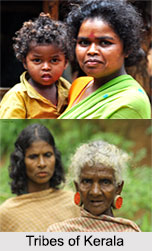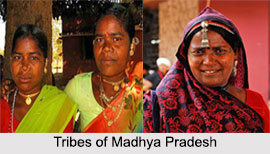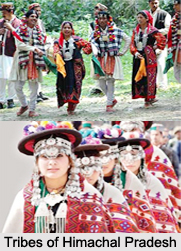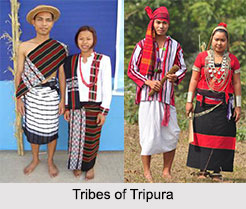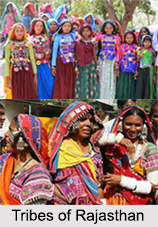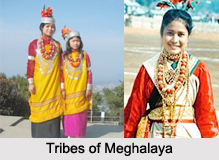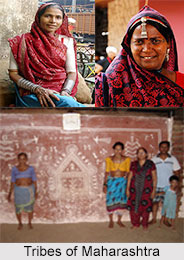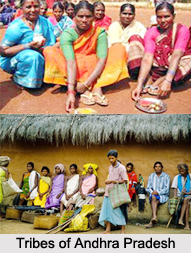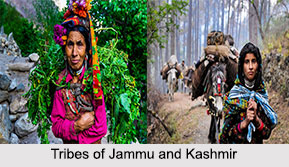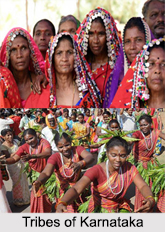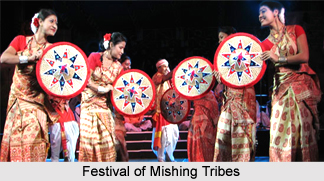 The Mishing Tribes are a part of the aboriginal tribes of the north east region in India. They presently reside in different districts of Assam like Tinsukia, Jorhat, Sibsagar, Darang, North Lakhimpur and others. The Mishings have their own culture and traditions that has been handed down from ages.
The Mishing Tribes are a part of the aboriginal tribes of the north east region in India. They presently reside in different districts of Assam like Tinsukia, Jorhat, Sibsagar, Darang, North Lakhimpur and others. The Mishings have their own culture and traditions that has been handed down from ages.
Food of Mishing Tribes
Earlier the Mishing Tribes depended on hunting for their food. With time rice along with fish and meat became their staple food. They also began consuming fruits. The Mishings also rear pig, goat, duck and eat their meat. They also eat vegetables, forest herbs and `namsing` i.e. dried and grinded fish. `Apong` a type of drink made from rice is famous among the Mishings. The drink is also offered to the guests during weddings, religious occasions, festivals, etc. Agriculture is the main source of income for them. They also cultivate mustard seeds and paddy. Fishing, hunting and animal husbandry are also practised by them.
Dress of Mishing Tribes
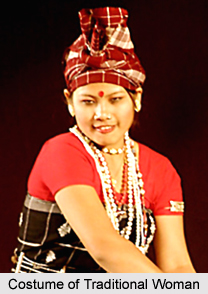 The Mishings tribes have a unique dressing style that helped them acquire a distinctive place in the state. They adorn themselves with dresses like `Gachar`, `Galuk`, `Ege`, `Ribi Gasor`, `Yakan Age-Gasar`, a black Mekela Sadar, `Gero.` These are made of different colours like `Yambo`, `lake-Ege`, `Gaseng` `Gero`, `Ribi`, etc. The men usually wear `Mibu galuk`, a shirt, `Gonro ugon`, a dhuti and `dumer` a gamucha. Females of this tribal group wear a self woven lion cloth, which is known as Gaseng. It is used for covering the lower portion of the body. The upper garment that they use is also a self-woven cloth, known as Kebbung. Beautiful shawls or Ribi Gaseng are used mainly during the winter season and in some festive occasions. Most of the Mishing women are proficient weavers who knit clothes in handloom. `Gadu` marked by its colour and composition is exclusive feature of the Mishings. These handworks of the Mishing tribes reflect their passion and proficiency that have been passed down from generations. Most of their dresses are adorned with the symbolic figure of `Do-ni-Polo.`
The Mishings tribes have a unique dressing style that helped them acquire a distinctive place in the state. They adorn themselves with dresses like `Gachar`, `Galuk`, `Ege`, `Ribi Gasor`, `Yakan Age-Gasar`, a black Mekela Sadar, `Gero.` These are made of different colours like `Yambo`, `lake-Ege`, `Gaseng` `Gero`, `Ribi`, etc. The men usually wear `Mibu galuk`, a shirt, `Gonro ugon`, a dhuti and `dumer` a gamucha. Females of this tribal group wear a self woven lion cloth, which is known as Gaseng. It is used for covering the lower portion of the body. The upper garment that they use is also a self-woven cloth, known as Kebbung. Beautiful shawls or Ribi Gaseng are used mainly during the winter season and in some festive occasions. Most of the Mishing women are proficient weavers who knit clothes in handloom. `Gadu` marked by its colour and composition is exclusive feature of the Mishings. These handworks of the Mishing tribes reflect their passion and proficiency that have been passed down from generations. Most of their dresses are adorned with the symbolic figure of `Do-ni-Polo.`
Religion of Mishing Tribes
Do-ni, the Sun and Polo, the Moon are the main god and goddess of the Mishing Tribes. Do-ni is addressed as mother and Polo as father. The Mishings believe that the gods and goddesses have been divided into two groups, malevolent and benevolent. The main priest of the Mishings is known as `Mibu.` He is the most revered person among the Mishings. It is believed that he has the ability to connect with the gods and goddess. He chants the `Abang Mantras` and sings songs about the world, men and women, animals and different powers that exist. During festivals they sacrifice chickens and pigs. They also believe in many folk beliefs such the existence of `soul Epom`, Yalo etc.
Festivals of Mishing Tribes
Festival constitutes an important part of the Mishings. `Ali-ai-ligang` is the main festival celebrated by the Mishings during the month of Phagun before the beginning of cultivation. Mother Earth is worshipped during the festival so that with her blessings there is plenty of production. The villagers during the festival wear `Ribi-gaseng`, `Mibo-galuk`, `Leke-Ege` and `Gonro-Ugon.` Another grand festival of the Mishings is the `Porag` celebrated after the crops have been harvested. The Mishings perform their traditional dances during the festive season. These are usually performed either to the tunes of musical instruments or along with their traditional songs. Some of the Mishing dance forms are `Mibu-dugnam`, `So-man` and `Ligang-sonam.` They also play different types of musical instruments such as `Gunggang`, `Dum Dum`, `Le-nang`, `Ejuk Tapung`, `Dendun`, `Tu:tok Tapung`, `Marbang`, `Jekring tapung` etc.
Folk Literature of Mishing Tribes
The folk life of the Mishing tribes contributes towards the development of their folk literature. The folk literature of the Mishings has been adopted from their `Luse-Iukor` a proverb, `Solok`, a riddle, `Do-ying` i.e. a fable and `Nitom`, different folk songs. They also have their own language. They make use of Roman scripts for imparting education and producing literature. Presently, several Mighings have adopted Vaishnavism.
